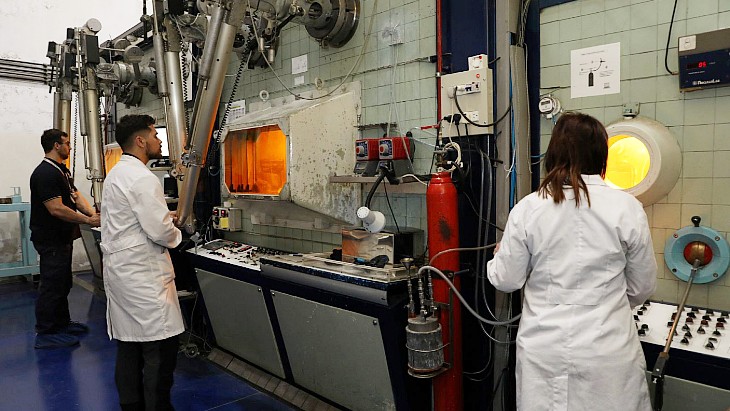The increase in output will be enough to allow exports, and come ahead of the planned start-up of the larger capacity RA-10 reactor which will have the capacity to supply about 20% of world demand for radioisotopes.
The RA-3 reactor at the Ezeiza Atomic Centre currently produces enough radioisotopes - which can be used by medics for life-saving diagnosis and treatment - to meet the domestic demand.
Ariel Novello, manager of Radioisotope Production and Radiation Applications, at CNEA, said: "For 25 years, we have been supplying the national market with molybdenum and iodine and we sell all of our production. Now, with a great effort from all the personnel involved ... with the existing resources and without the need to invest new funds, we have managed to significantly increase the production of molybdenum and iodine."
The centre is increasing the hours of irradiation per week from 66 hours to 90 hours by the end of November. CNEA says that the extension of hours will allow the despatch of more radioisotopes in good condition.
The RA-3 research reactor is a 10 MWt pool type which began operation in 1967 and produces a range of medical radioisotopes.
The RA-10 multipurpose reactor is a 30 MWt open pool type reactor currently under construction in Argentina. The aim is for its commissioning to begin during 2026, with full operation in 2027. As well as producing radioisotopes for export it also aims to develop new radioisotope production and produce high quality doped silicon for high power electronics applications.
It will also be able to test nuclear fuel and have facilities to be able to test materials such as radiation damage in nuclear power plants' reactor pressure vessels.





_91467.jpg)
_47120.jpg)
_16439.jpg)






